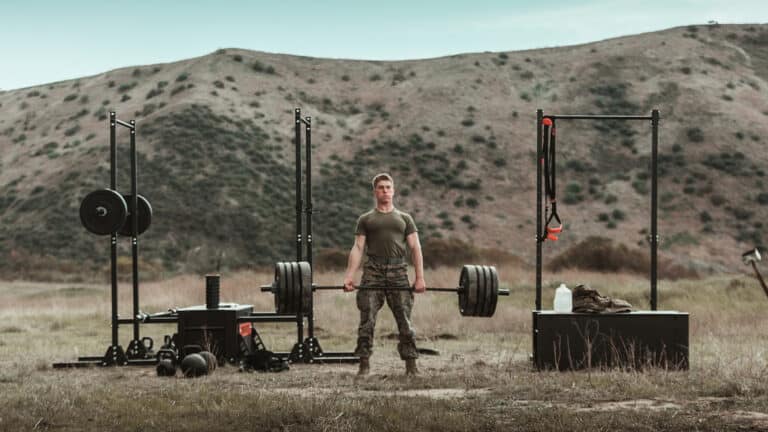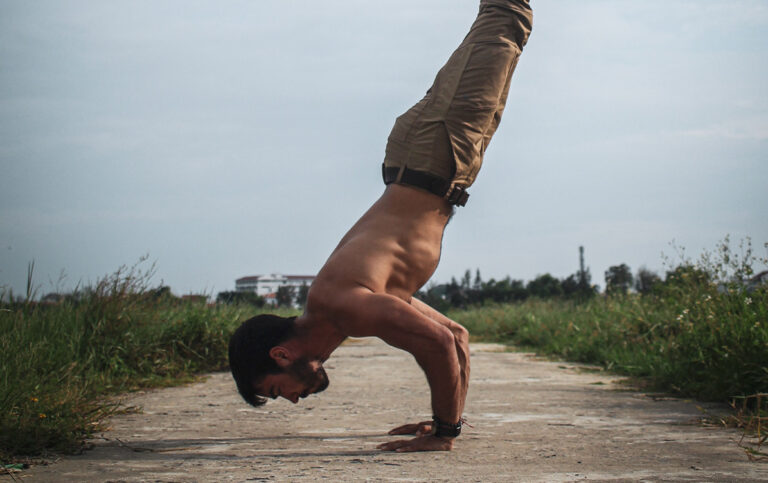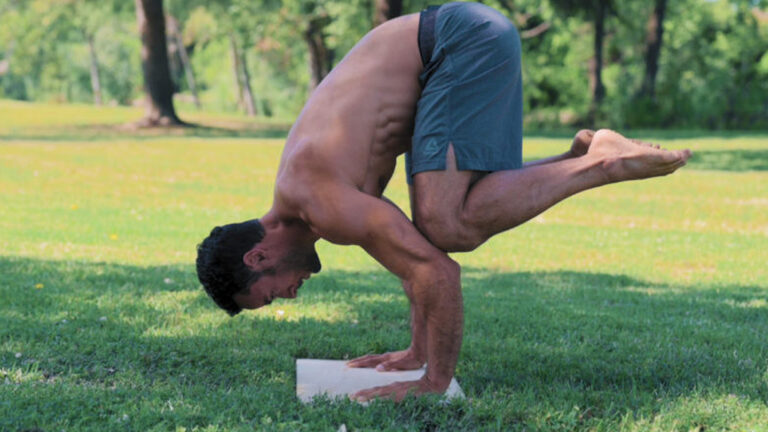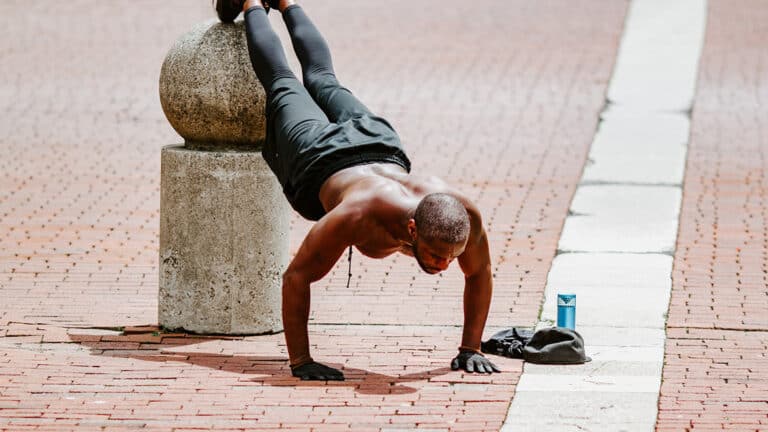L-Sit Progression Exercises: Do these 3 Exercises to Master it.
Introduction to l-sit progression exercises.
The journey towards mastering the L-Sit involves honing three crucial aspects: shoulder mobility and strength, core compression and strength, and hip positioning with straight legs. In this guide, we delve into a comprehensive range of L-sit progression exercises tailored to each area. By meticulously practicing these exercises, you’ll pave the way for achieving a formidable L-Sit. Below, we explore a detailed breakdown of L-Sit progression exercises, ensuring that you’re equipped with the tools to conquer this remarkable feat of body control.

Shoulder Mobility and Strength
Shoulder mobility and strength are the pillars upon which the L-Sit is built. Elevate your L-Sit potential with these targeted exercises.
- Straight Arm Support: Initiate your journey by sitting in a pike position, lifting your buttocks off the ground by exerting pressure on the floor through your hands. This exercise emphasizes shoulder strength and scapula depression, vital for L-Sit progress.
- Scapula Dips: Enhance shoulder stability with scapula dips, a key exercise for developing shoulder depression. By pushing your shoulders downward, you’re cultivating the necessary strength for lifting your body during the L-Sit.
- Seated Scapula Dips: Execute seated scapula dips on the floor or using parallettes. In a pike position, elevate your buttocks by pushing your shoulders down. Maintain straight arms throughout to isolate the shoulder muscles effectively.
Core Compression and Strength
Active core compression is pivotal for lifting your legs towards your head during the L-Sit. These exercises target the core to help you master this crucial aspect.
- Seated Leg Lifts: Begin with seated leg lifts to initiate core compression. From a pike position, lift each leg individually while slightly leaning forward to intensify engagement.
- Seated Pike Lifts: Elevate the challenge with seated pike lifts. Simultaneously raise both legs, focusing on preventing them from touching the ground throughout the set.
- Supported Leg Lifts: Engage parallettes or yoga blocks for supported leg lifts. Lift your boot off the ground using your shoulders, fostering strength development.
Hip Positioning and Straight Legs
Proper hip positioning and maintaining straight legs are key to a successful L-Sit. Develop these skills with targeted exercises.
- Straddle Circles: Enhance hip mobility with straddle circles. Sit in a wide straddle position, lift your feet off the ground, and create circular motions with them.
- Straddle Single Leg Circles: Isolate each leg in a straddle position, performing circular movements with one leg at a time to enhance hip mobility and core compression.
- Straddle Leg Lifts: Isolate one leg at a time in a straddle sit, lifting it for repetitions while engaging the core and enhancing leg strength.
Isometric L-Sit Progression Exercises
Single Leg Support: Progress by mastering the single leg support. Lift one leg while maintaining support on the other, shifting your weight to your hands and shoulders.
Tuck L-Sit: Shorten the lever by tucking your knees to your chest, building stability and control.
Advanced Tuck L-Sit: Extend your legs slightly to increase core and shoulder engagement.
Single Leg L-Sit: Work on leg straightening by progressing to a single-leg L-Sit.
Advanced Single Leg L-Sit: Position one leg inline with the other for a final step in the progression.
L-Sit Below 90: Strengthen key elements by holding a slightly low L-Sit position.
Full L-Sit: Achieve the full L-Sit by bringing your feet together.
Dynamic L-Sit Progression Exercises
Tuck Raises: Execute tuck raises on dipping bars to enhance core strength and range of motion.
Leg Raises: Lift your legs using support to strengthen the L-Sit position.
Tuck Twists: Build core strength and hip push-through with tuck twists.
L-Sit Bicycle Kicks: Develop endurance by switching legs in a single-leg L-Sit position.
Conclusion
Becoming proficient in the L-Sit involves a meticulous balance of shoulder strength, core compression, and hip positioning. By diligently incorporating these precise progression exercises, you’ll foster the strength, mobility, and command essential for a polished L-Sit. Integrate both isometric and dynamic exercises to bridge the gap between strength and fluidity, propelling your journey towards L-Sit mastery. With persistent practice, you’ll eventually attain the coveted full L-Sit position, reaping the rewards of enhanced strength and body mastery.
Summary
This comprehensive guide serves as your compass to conquering the challenging L-Sit. Divided into sections addressing shoulder strength, core compression, and hip positioning, the guide provides an exhaustive list of exercises. Integrating isometric and dynamic variations ensures a holistic approach to L-Sit progression. By consistently incorporating these exercises, you’ll forge the strength and mobility needed for a confident and controlled L-Sit.






